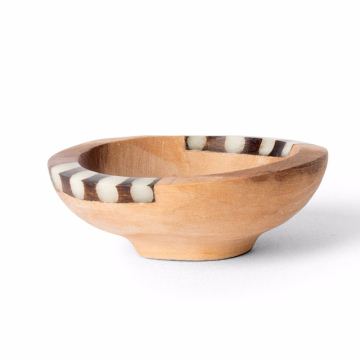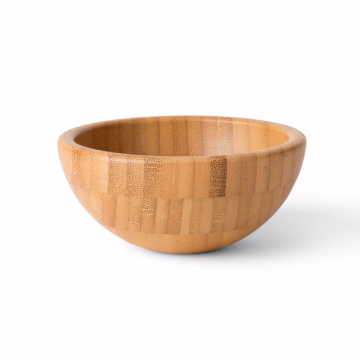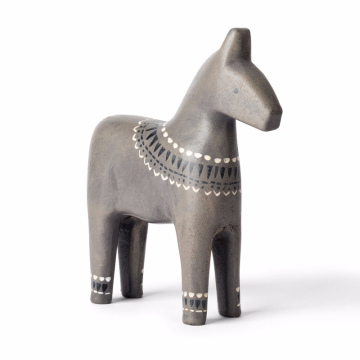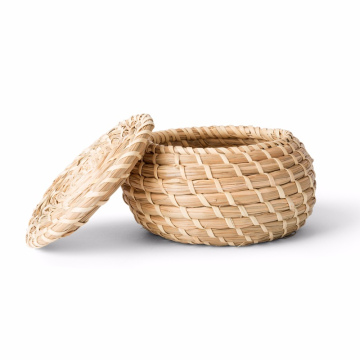The Rich History of Spanish Baking
Baking in Spain boasts a rich tapestry woven from diverse cultural influences that have evolved over centuries. The earliest evidence of baking in the Iberian Peninsula can be traced back to the Roman occupation, which brought innovations in both techniques and ingredients. The Romans introduced various forms of bread and employed stone ovens, which paved the way for the development of traditional Spanish breads. Over time, the culinary landscape was further enriched by the Moorish presence, which lasted for nearly 800 years. This period saw the introduction of new ingredients such as sugar, almonds, and spices, which have become staples in many Spanish pastries.
Regional variations across Spain highlight the local agricultural bounty and unique baking practices. For instance, the incorporation of specific flours, such as those derived from local grains, has influenced the texture and flavor profiles of regional breads like hBread de Pita de Ronda in Andalusia or the famous Galician bread known as Pan de Millo. This emphasis on local ingredients manifests not only in breads but also in a plethora of traditional pastries, from the delicate "tarta de Santiago" to the festive "mantecados" enjoyed during Christmas.
Historical events have played a pivotal role in shaping Spanish baking. The Columbian Exchange brought new ingredients like chocolate and vanilla to Spain, which were then skillfully integrated into native recipes, further diversifying the pastry-making landscape. The Industrial Revolution also marked a shift in baking practices as centralized bakeries emerged, leading to the mass production of bread and pastries. However, the essence of traditional baking has persisted, as artisans continue to uphold time-honored methods. Ultimately, the historical interplay between different cultures, agricultural practices, and significant historical moments has given rise to the diverse and flavorful baking traditions that can be experienced today in Spanish bakeries.
A Culinary Tour of Spain's Regions
Spain's rich culinary heritage is wonderfully exemplified in its traditional bakeries, each reflecting the distinctive flavors and techniques of its region. A virtual exploration of these establishments reveals a treasure trove of baked goods that are emblematic of Spanish culture. From the rugged hills of Catalonia to the sun-kissed coasts of Andalusia and the lush landscapes of the Basque Country, every region has its own unique contributions to the art of baking.
In Catalonia, one can find the renowned 'ensaimadas,' a spiral-shaped pastry that originates from the island of Mallorca. This delectable pastry, often light and fluffy, is typically enjoyed for breakfast or as an afternoon snack. Traditional bakeries in this region pride themselves on their artisanal methods, which have been passed down through generations. The use of high-quality ingredients, such as local eggs and flour, enhances the authentic flavors of ensaimadas, making them a must-try for visitors.
Traveling southward, Andalusia showcases its rich baking traditions through offerings like 'pan de pueblo.' This rustic bread is made using a traditional fermentation process that involves sourdough, resulting in a dense and flavorful loaf. Often accompanied by local cheeses or cured meats, pan de pueblo signifies the region's connection to local farming and culinary practices. The bakeries in Andalusia frequently emphasize sustainability, using organic ingredients sourced from nearby farms.
Venturing to the Basque Country, one encounters the delectable 'pastel vasco,' a custard-filled pastry that has become a beloved treat among locals and tourists alike. The balance of flavor and texture in these pastries reflects the Basque people's thriving gastronomic pride. Traditional bakeries in this area often incorporate local fruits, such as cherries and plums, into their pastries, showcasing the abundance of regional produce.
This culinary tour of Spain's regions reveals not only a variety of flavors but also the stories and traditions behind each bakery. Each establishment serves as a testament to Spain's rich baking culture, inviting food enthusiasts to experience the diverse offerings that make this country a true paradise for those seeking authentic baked goods.
Signature Baked Goods to Look For
Spain is renowned for its rich culinary traditions, and traditional bakeries across the country showcase an array of signature baked goods that reflect this heritage. Among the most celebrated items is pan con tomate, a simple yet delightful creation often served as a tapa. This dish involves ripe tomatoes being grated or sliced over crusty bread, commonly drizzled with high-quality olive oil and seasoned with salt. The essence of pan con tomate lies not just in its ingredients but also in its rustic origins, symbolizing the Mediterranean lifestyle of sharing and enjoying food with friends and family.
Another iconic item is the tarta de Santiago, a traditional almond cake hailing from the region of Galicia. This dessert is crafted using ground almonds, sugar, and eggs, resulting in a moist and flavorful treat. Often adorned with the cross of Saint James, the tarta de Santiago is not only a gastronomic delight but also a testament to the area's cultural significance. Celebrated during festivals and special occasions, this cake encapsulates the spirit of Galician hospitality and craftsmanship.
Further amplifying Spain’s rich baking traditions is the mantecado, a type of crumbly shortbread typically enjoyed during festive seasons, particularly around Christmas. Originating from the region of Andalusia, mantecados are made with a few simple ingredients: flour, lard, sugar, and spices. The dough is often flavored with cinnamon or citrus zest, creating a delightful balance that captures the essence of the season. Mantecadillos, a related treat, can be found in variations that include nuts and chocolate, showcasing the versatility of this beloved pastry.
In appreciating these signature baked goods, one recognizes the intricate techniques and traditions that define Spanish baking. Each item tells a story, deeply ingrained in the cultural identity of its region, and represents the craftsmanship handed down through generations. Exploring these baked goods offers a delicious lens into Spain's culinary landscape, inviting both locals and tourists to savor the flavors of tradition.
Tips for Finding Authentic Bakeries
When embarking on a culinary journey through Spain, discovering the best traditional bakeries can significantly enhance your experience. Here are several practical tips to help you find authentic establishments that represent the true essence of Spanish baking.
Firstly, pay attention to local ingredients. Authentic bakeries often take pride in using fresh, locally sourced produce. For example, look for bakeries that feature regional specialties such as *pan de pueblo* or *tarta de Santiago*. Observing the use of seasonal fruits or locally milled flour can also be an indicator of a bakery's commitment to traditional methods.
Secondly, leveraging online reviews and recommendations can be invaluable. Platforms such as TripAdvisor, Google Reviews, or local food blogs provide insights from previous customers. Genuine reviews often highlight the quality of the baked goods and the authenticity of the atmosphere. Prioritize bakeries with consistent, positive feedback from locals, as they are more likely to offer an authentic experience.
Understanding local terminology is also crucial. Different regions in Spain have unique terms for various baked goods, which can help you navigate menus and attract recommendations from the community. Familiarizing yourself with popular items like *empanada* or *churros* can enhance your discussions with bakery staff and enable you to ask for specialty items.
Finally, engaging with bakers and locals can greatly enrich your voyage. Don’t hesitate to strike up a conversation with the bakers; many are proud to share their craft and the history behind their creations. Additionally, participating in local festivals or tasting events may reveal hidden gems that may not be as well-known.
By employing these strategies during your bakery adventures in Spain, you are more likely to find authentic establishments that offer a genuine taste of Spanish culture and tradition.








